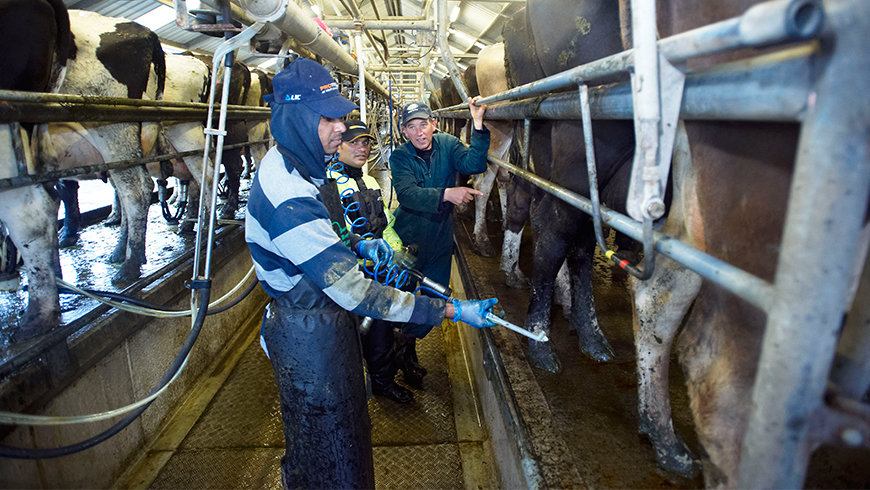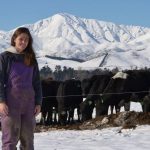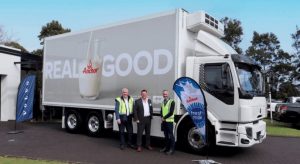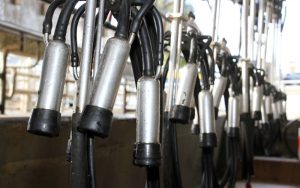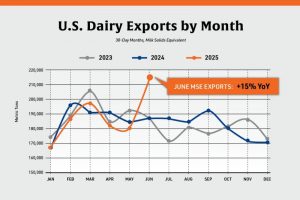
Production was initially very strong on the back of excellent pasture growth.
Fonterra Cooperative Group’s milk production was running about 5 percent higher season-to-date in January compared to last year. However the country’s dominant milk processor now expects total collection will be 0.3 percent higher at 1,510 million kilograms of milk solids due to hot, dry weather. Fonterra collects more than 80 percent of New Zealand’s milk.
“Warm and dry weather from early January brought with it drought-like conditions for much of New Zealand,” said Julia Jones, NZX head of analytics. The New Zealand dairy season runs from June 1 to May 31.
“As dry conditions continued over the following months, farmers were left at a crossroads, deciding whether to reduce milking frequencies earlier than normal or to apply extra feed to extend milk supplies further into the season,” she said.
Industry feedback suggests many opted to dry off and focus more on profit rather than meeting production targets, she said.
It’s not just Fonterra’s farmer looking at a good year.
“Westland’s milk supply from supplying farms in the ’18/19 season to date is up 3.45 percent on the 2017/18 season for the same period. This is up 1 percent on budget, as we had predicted an increase in supply,” said chief executive Toni Brendish.
Westland Milk Products is located on the West Coast of New Zealand’s South Island and has signed a conditional agreement to sell the cooperative to Inner Mongolia Yili Industrial Group for $588 million.
Brendish said Westland expects to achieve 65-66 million kgMS this year, slightly below its five-year average of 67 million kgMS. Westland processes between 3 and 4 percent of New Zealand’s milk, depending on fluctuations in the national milk supply.
“The increase in supply is largely because we expected, and experienced, better weather in 2018/19. Both 2017/18, and 2016/17 were cold wet seasons that had a direct negative impact on cows’ production,” she said.
While the weather was better than previous seasons, the recent drought has impacted.
“Overall we have had a steady season and we are 3 percent up on last year, albeit we had a very strong start to the season and have been impacted by dry conditions through late February, March and April,” said Miraka chief executive officer Richard Wyeth. Miraka is owned by several Maori trusts and Vietnam’s Vinamilk, operating near Taupo.
“So at the start of January we were looking at another record year by quite a margin, however, we will end the year slightly ahead of previous seasons but slightly behind budget,” he said. Miraka collects 25-26 million kgMS or around 1 percent of the market share, he said.
Shane Lodge, supply and environment manager for Yili-owned Oceania Dairy, said it would collect 250 million litres, “in line with our budget.” Oceania collects around 1.25 percent of New Zealand’s total milk from near its Glenavy Plant on the South Island.
He said Oceania currently has 73 suppliers and has no plans to increase supply numbers for the upcoming season. The site continues to expand processing capacity, he said.
“We are currently adding an additional canning and blending plant, a third UHT line, both due for completion in 2019, and a new laboratory due for completion in 2020. Current staff members are 315 and the plan is to be close to 400 by Christmas 2019,” he said.
